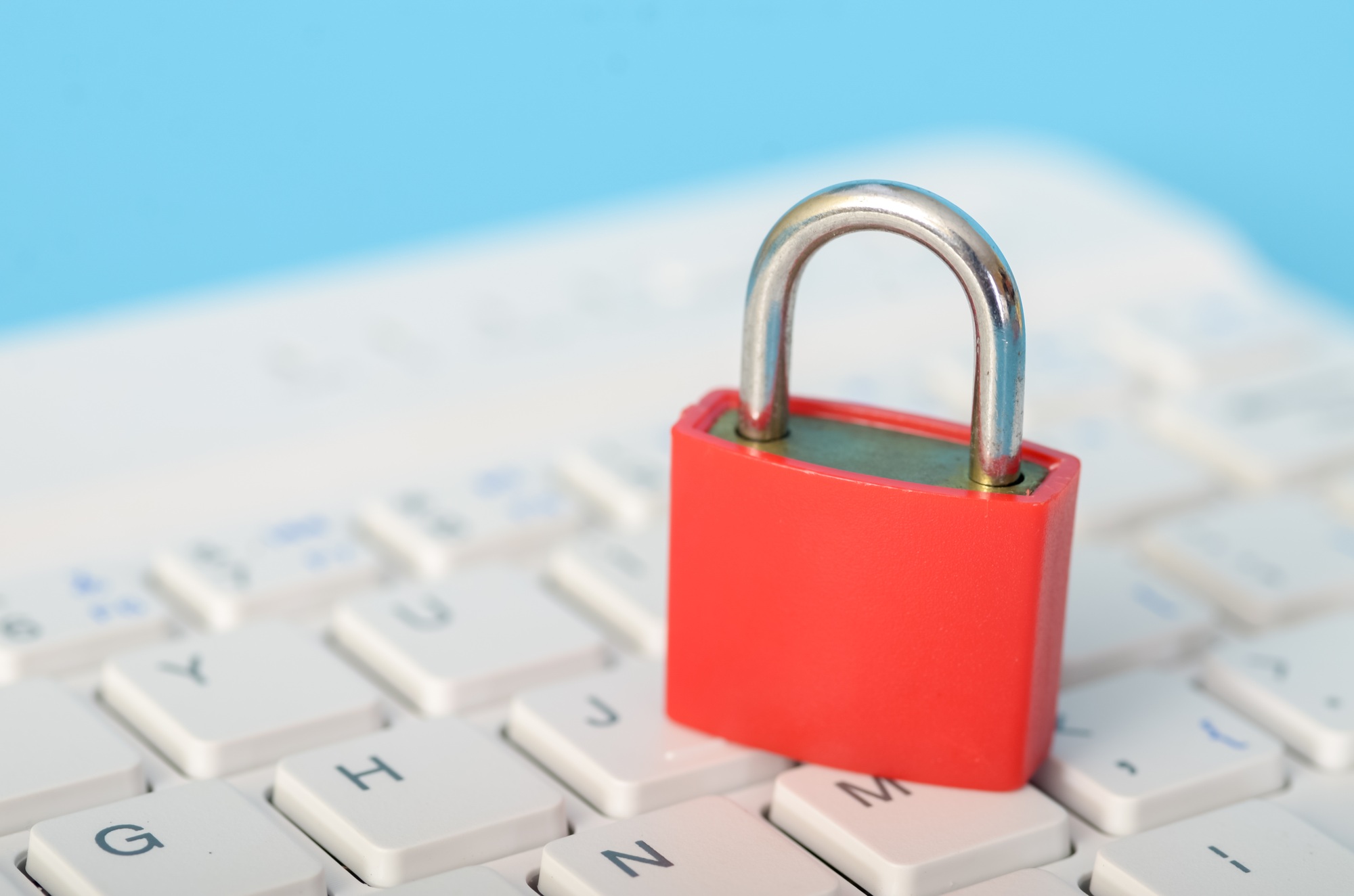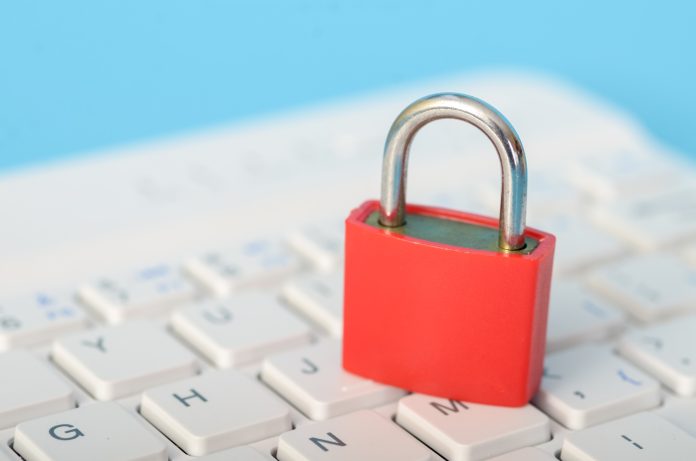Key Takeaways

- Understand Ransomware: Recognize that ransomware encrypts files and demands payment, significantly impacting individuals and small businesses by causing data loss and financial strain.
- Immediate Response: Isolate infected devices from the network right away to contain the spread of ransomware, and assess the extent of the damage to inform your recovery efforts.
- Recovery Steps: Identify the type of ransomware affecting your systems, restore data from secure, offline backups, and utilize decryption tools specific to the ransomware type when available.
- Strengthen Cybersecurity: Implement strong firewalls, use complex passwords, deploy up-to-date antivirus software, and educate employees on recognizing phishing attempts to reduce vulnerability.
- Regular Backups: Conduct daily automated backups, store them offline, and regularly test backup systems to ensure quick recovery in the event of an attack.
Ransomware attacks can feel overwhelming, leaving you in a state of panic as your files become inaccessible. But don’t worry—recovery is possible. Knowing the right steps to take can help you regain control and minimize damage.
In this article, you’ll discover practical strategies to recover from a ransomware attack. From assessing the situation to restoring your data, each step is crucial for getting back on track. Whether you’re an individual or a business, understanding how to respond effectively can make all the difference in your recovery journey.
Understanding Ransomware

Ransomware represents a significant threat to small businesses, disrupting operations and jeopardizing sensitive data. Knowing its implications can help you take proper precautions and respond effectively.
What Is Ransomware?
Ransomware is a type of malicious software that encrypts files or locks users out of their systems, demanding payment to restore access. Attackers typically target businesses due to their valuable data and potential willingness to pay. Ransomware can spread through phishing emails, software vulnerabilities, or unsecured networks. Protecting your technology infrastructure is crucial to minimize risks associated with these attacks.
How Ransomware Affects Users
Ransomware can have severe effects on small businesses and individual users.
- Data Loss: Users often lose access to essential files and documents, which can cripple operations.
- Financial Impact: Recovery costs can include ransom payments, consultation fees, and downtime expenses, affecting your bottom line.
- Reputation Damage: Businesses may face a loss of customer trust, as clients may hesitate to engage after a breach.
- Operational Disruption: Users may experience halted productivity as they deal with recovery efforts.
Mitigating these effects starts with understanding the threats and implementing proactive security measures.
Immediate Steps to Take
Responding quickly to a ransomware attack is critical for small businesses. Follow these crucial steps to mitigate damage and regain control.
Isolate Infected Devices
- Disconnect infected devices from the network immediately. Unplug Ethernet cables, turn off Wi-Fi and Bluetooth, and disconnect from all other network connections. This step prevents the ransomware from spreading to other systems.
- Confirm that all infected devices are isolated. Isolating these devices minimizes the risk of further data exposure and enables a focused response.
Assess the Damage
- Evaluate the extent of the damage caused by the ransomware. Determine which files or systems have been affected and document specific details, including when the attack occurred.
- Identify the type of ransomware involved, if possible. Understanding the nature of the malware can help your tech team develop an appropriate recovery strategy.
- Gather relevant information on affected data and potential loss. This assessment helps prioritize recovery efforts and informs decisions regarding data restoration and backup utilization.
Recovery Process
Recovery from a ransomware attack involves several critical steps. You need to act swiftly and methodically to regain control over your systems and data.
Identify the Type of Ransomware
Identifying the type of ransomware is crucial for tailored recovery. Research the ransomware strain affecting your systems. Use online resources and databases to determine its characteristics and possible decryption solutions. Knowing the specific ransomware aids in making informed decisions about your recovery strategy, which is essential for small business operations.
Restore from Backups
Restoring data from backups is a fundamental part of recovery. Ensure you have recent, offline backups available. Disconnect these backups from your network until you confirm eradication of the ransomware. Prioritize the restoration of critical files and systems first. This method minimizes downtime and helps your small business get back on track quickly.
Utilize Ransomware Decryption Tools
Utilizing ransomware decryption tools can provide a pathway to recovering your files without paying the ransom. Many cybersecurity companies offer free or paid decryption tools specific to certain ransomware types. Check reputable sources, including industry forums and cybersecurity experts, for available solutions. Implement these tools after ensuring your systems are clean, which is vital for effective remediation.
Preventing Future Attacks
Preventing future ransomware attacks requires a proactive approach that focuses on strengthening cybersecurity measures and implementing regular data backup practices. By taking these steps, you can protect your small business from potential threats.
Strengthening Cybersecurity Measures
- Implement firewalls to create a barrier between your internal network and external threats. Firewalls help block unauthorized access to your systems.
- Use strong passwords and enforce regular password updates. Passwords should include a mix of letters, numbers, and symbols to enhance security.
- Deploy antivirus software on all devices, ensuring it’s updated regularly. Antivirus solutions detect and eliminate known malware, adding a critical layer of protection.
- Educate employees about phishing attacks and suspicious emails. Training programs can inform your team about the signs of cyber threats, reducing the risk of a successful attack.
Regular Data Backup Practices
- Back up data daily using automated systems. Frequent backups ensure your data remains current and safe from ransomware attacks.
- Store backups offline to prevent malware from accessing them. Offline backups provide an extra layer of security because ransomware typically targets connected storage.
- Test your backup systems regularly to ensure they work correctly. Performing periodic tests verifies data integrity and confirms the feasibility of restoration when necessary.
- Keep multiple backup copies in different locations. This practice not only guards against hardware failure but also minimizes the risk of losing critical data in case of an attack.
Implementing these strategies strengthens your small business’s defenses against ransomware, reducing vulnerability and improving recovery capabilities.
Conclusion
Recovering from a ransomware attack is challenging but entirely possible with the right steps. You need to act quickly to assess the damage and restore your systems. Prioritize restoring critical data from backups and utilize decryption tools when available.
Don’t forget the importance of strengthening your cybersecurity measures to prevent future attacks. By staying informed and proactive you can significantly reduce your risk and ensure your data remains protected. Remember that recovery isn’t just about getting back to normal; it’s about building resilience against future threats.
Frequently Asked Questions
What is ransomware?
Ransomware is a type of malicious software that encrypts files or locks users out of their computer systems, demanding a payment (ransom) to restore access. It can cause severe data loss, financial damage, and operational disruptions.
How do ransomware attacks affect small businesses?
Ransomware attacks can lead to significant data loss, financial strain, reputation damage, and operational downtime for small businesses. The impact can be devastating, especially if proper recovery strategies are not in place.
What are the immediate steps to take after a ransomware attack?
Immediately isolate infected devices to prevent further spread of the malware. Assess the damage to determine which files and systems are affected. Identify the type of ransomware to inform recovery processes and prioritize actions.
How can I recover data from a ransomware attack?
To recover data, identify the specific type of ransomware and restore files from recent, offline backups. If available, consider using decryption tools from reputable sources to recover files without paying the ransom.
What preventive measures can I take against ransomware attacks?
Strengthen your cybersecurity by implementing firewalls, using strong passwords, and deploying updated antivirus software. Regularly back up data, educate employees about phishing, and follow best practices for data protection to reduce vulnerability.
How important is data backup in preventing ransomware impact?
Regular data backups are crucial as they provide a safety net against data loss. Automated backups, offline storage, and multiple copies kept in different locations can significantly improve recovery options in case of a ransomware attack.
Image Via Envato: DC_Studio, innu_asha84



